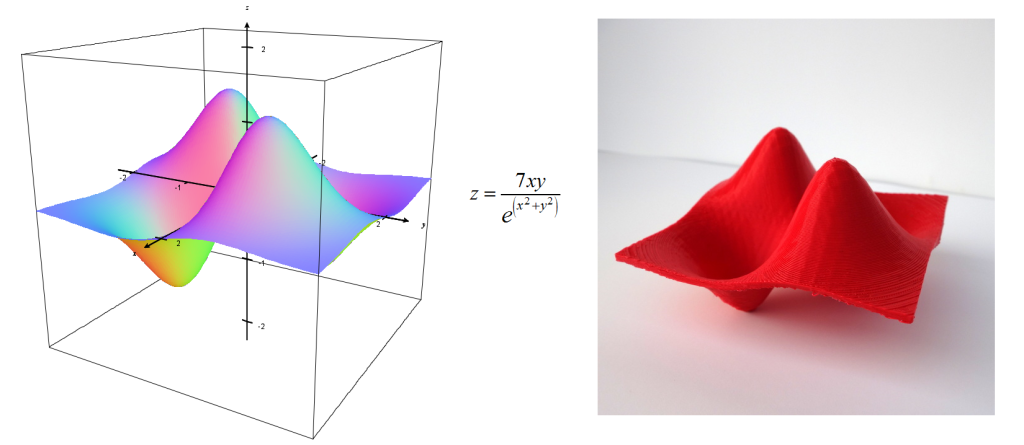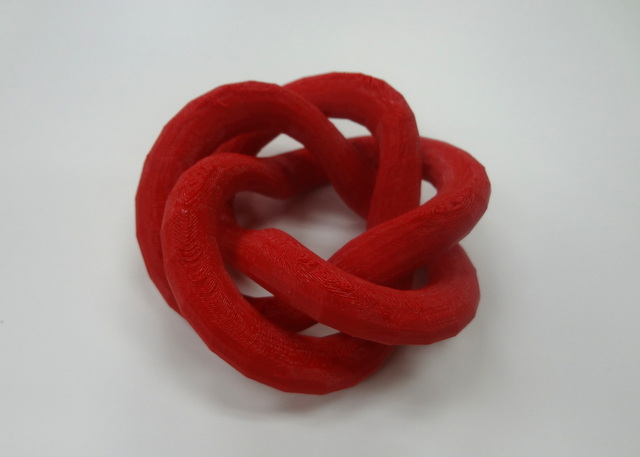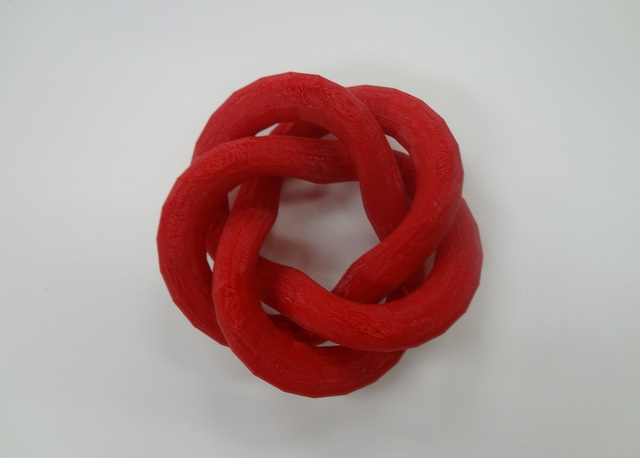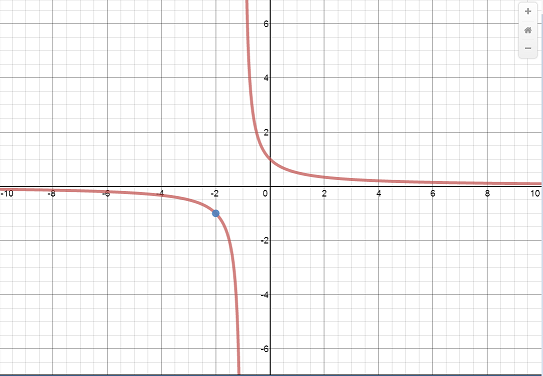I’ve put together a simple Desmos interactive that demonstrates the basic ideas of linear independence.
If two plane vectors are linearly independent, then every vector in the plane can be written as a linear combination of those two vectors. Those two vectors span the plane.
By playing around with the sliders in this interactive, you can see how every vector in the plane can be expressed as a linear combination of the two original vectors.
Moreover, if you make the two original vectors parallel, they no longer span the plane. That’s because the two original vectors are now linearly dependent! Each is a linear combination (in this case, a scalar multiple) of the other.
You can see this Desmos interactive here, and you can find more of my Desmos-based demonstrations here.






